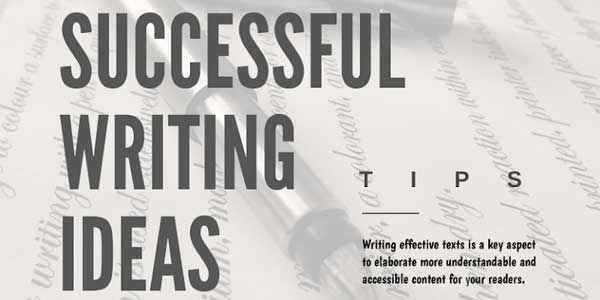
Like so many other things in the digital marketing world, content can become as complex as you might think. Concerns about purpose, promotion, and strategy are valuable things to spend your time thinking about. Writing content for a blog is definitely not an easy job to do, Cheetahpapers gives you tips and advice for writing a perfect blog post.
When you get so bogged down in this kind of detail, it’s easy to forget the simple things – those ground rules that make written content work for your users.
No matter how much time you spend planning your content marketing strategy, if your blogs are making people jump or your guides are too bulky to read, then your strategy will most likely fail.
Table of Contents
Focusing On The Reader:
When writing content, your reader needs to be in the foreground in your mind. You need to make sure that what you are creating will not be disappointing or intimidating to the reader when they first reach a page, an issue further compounded by the nature of mobile devices.
Here are some quick tips you can use to help make your content easier to use.
1.) Subtitles:
Subtitles are important for several reasons.
The subtitles divide the page content and prevent the reader from feeling that they hit a “text wall”, which is particularly unpleasant on a mobile device.
They also help guide the reader through the page. If they are on the page for something specific, including subtitles will help them find the section of the page that is most relevant to them.
This can again help to avoid reader frustration, which in turn benefits you. Pages perform best when users get what they want as quickly as possible.
How often should you have subtitles?
It depends. Look for natural changes in the topic of the article. Just from the point of view of signage, these are good places to have a subtitle.
To avoid “text block”, I recommend one subtitle every four or five paragraphs.
2.) Keep Paragraphs Short:
When it comes to writing for the web, a paragraph takes a different form compared to writing for the page.
Generally, you want to keep paragraphs short. 4 lines is enough, you may be able to come out with 5 depending on the design and layout of your page. If you are having trouble seeing where to break a paragraph, look for a change in the topic or the beginning of a new point.
Again, this boils down to a “text block.” What we are trying to do is make the reader see the text as easily digestible, not a daunting task.
3.) List On Topics Is The Best Thing:
When it comes to content that intimidates users into reading, a long, heavy list is a major cause. Fortunately, bullets or topics can prevent you from creating a list that scares away interested readers.
So why are topic lists better? Good
- They present each individual point clearly.
- They are easier to scan
- They avoid a heavy block of text.
- They are much easier to understand for mobile users.
- Did you see? Whenever possible, placing your lists on topics will make your content much easier to use.
Signs That You’re On The Right Track:
By taking these relatively simple steps, you’re on your way to making your content easier to use, especially for tablet or mobile readers.
But what kind of real benefits do you expect to see? Making your content more accessible to readers should result in the following improvements to your content pages:
A reduction in bounce rate.
Longer Page Time:
Increased clicks and visits on other pages of the site.
Of course, there are other factors that can affect these metrics, such as your well-structured and well-placed call-to-action (CTA) will affect your targeted page visits, for example.
Going Beyond The Basics:
Content can be a tricky thing. Therefore, it is important to refocus the best practices. After all, if you don’t understand the basics, the strategy you create around your content will probably fail.

This Infograph is shared here after legal permission from Cheetah Papers


















Be the first to write a comment.